Advertisement
Let's Build A Better Way To Fund The Arts
COMMENTARY
Five years ago I became executive director of StageSource, the service organization for the New England theater community. We help people find jobs, develop professional skills, connect to the community and provide access to see work in different companies. A few months into the job, I began to have conversations with other executive directors of arts organizations in Boston about the lack of funding streams. When I met my colleagues from across the country, I heard stories about funding challenges in their own communities. But some research has revealed that the landscape is much more challenging in Boston.
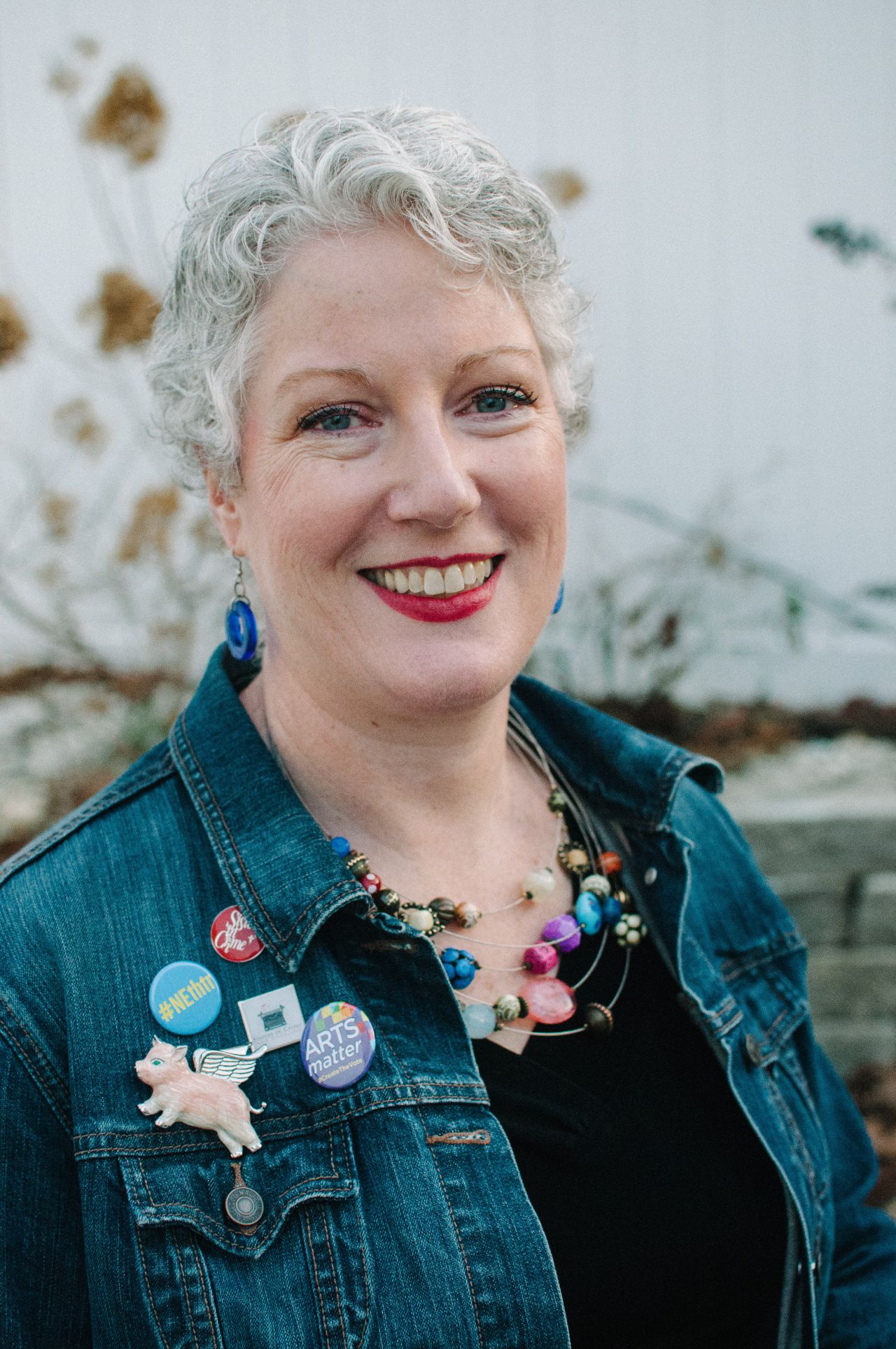
Two weeks ago, the Boston Foundation released a report that compares arts funding in Boston to funding in nine other cities: Baltimore, Chicago, Cleveland, Houston, Minneapolis, New York, Philadelphia, Portland, San Francisco and Seattle. This report points out some of the challenges to the funding systems in Boston, and the complexity that Boston-specific issues add to the mix.
As a relentless optimist, I believe this report can lay a foundation on which new funding structures for the arts can be built. But I also know that existing structures have to be completely rethought, and I wonder if the real opportunity for Boston is to create an entirely new, innovative model for funding and supporting the arts.
Let’s first take a moment to address what exactly “arts funding” refers to. For whatever reason, the term seems to conjure up images of well-heeled people sipping tea and having a bonfire with the dollar bills they are freely given by donors, the government and foundations.
Nothing could be further from the truth.
The Massachusetts Cultural Council estimates that for every $1 it invests in arts organizations, $5 goes back into the economy. Arts funding in theater goes toward very tangible things like paying people for their work, supporting facilities and building items like costumes, sets and props. Most public arts funding goes toward educational programming, replacing opportunities for students that used to be built into the school curriculum but now are outsourced. When it comes to school budgets, the arts are considered nice but not necessary — despite the fact that we rely on the arts to make our city a desirable place to live.
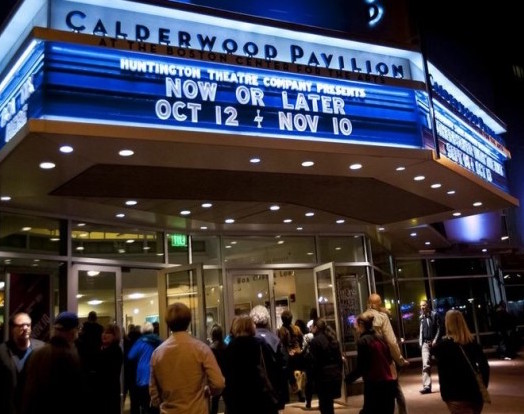
Though Boston has a vibrant theatrical landscape, much of that landscape has been severely underfunded for far too long. This especially applied to the small, fringe and solo producers. Those artists have largely self-funded their work or moved to other places in the country that are more supportive. This is a creativity drain that needs to be stemmed.
There are three issues raised by the Boston Foundation report that I’d like to draw attention to as we move forward in shaping the landscape of the Boston cultural community.
Brick-And-Mortar Concerns
Theater space has been in the news a great deal lately. In addition to the uncertainty surrounding the future of the Colonial Theatre and BU Theatre, an ongoing community-engagement process led by the city’s newly relaunched office for arts and culture has identified space concerns as the most-cited priority among arts groups. The space crunch is real for arts organizations all over the city, but this isn’t a new conversation. The Factory Theatre closed a year ago. It had been the most financially viable space for fringe theater companies, costing producers $850 to $900 a week for use of a 50-seat theater. Since the Factory closed, some companies have moved to other spaces. Others have stopped producing altogether.
The need for affordable, safe, dependable rehearsal and performance space has always been an issue for the performing arts community. But access to space is becoming a greater issue as the economic boon of Boston continues. In a better environment, there would be a network of small performing arts spaces throughout the city with scaled rental charges and shared box office, marketing, tech, programming and operational support.
One such facility, the Boston Center for the Arts and its Stanford Calderwood Pavilion, has been a great boon to midsize and smaller theater companies on the scene. But we need more such options.
These spaces don’t have to be palaces. They do need to provide performance and rehearsal space to facilitate creative programming that works across disciplines. They need to be in locations where artists and audiences can access them easily. Their use as community arts spaces cannot sunset after a certain number of years.
I am working with a small group, led by Jim Grace of the Arts & Business Council, to move from idea to action. What is needed? Space and, you guessed it, funding.
This network of spaces may be a long-term dream. Shorter term? What about subsidized spaces for small and fringe companies? Shared resources? There are arts service organizations (including StageSource) who could be leveraged to support the community in a more innovative way. Space is one part of a larger issue — who gets to use available resources? What impact do financial barriers of entry have on the entire arts ecology, and on the city of Boston more broadly?
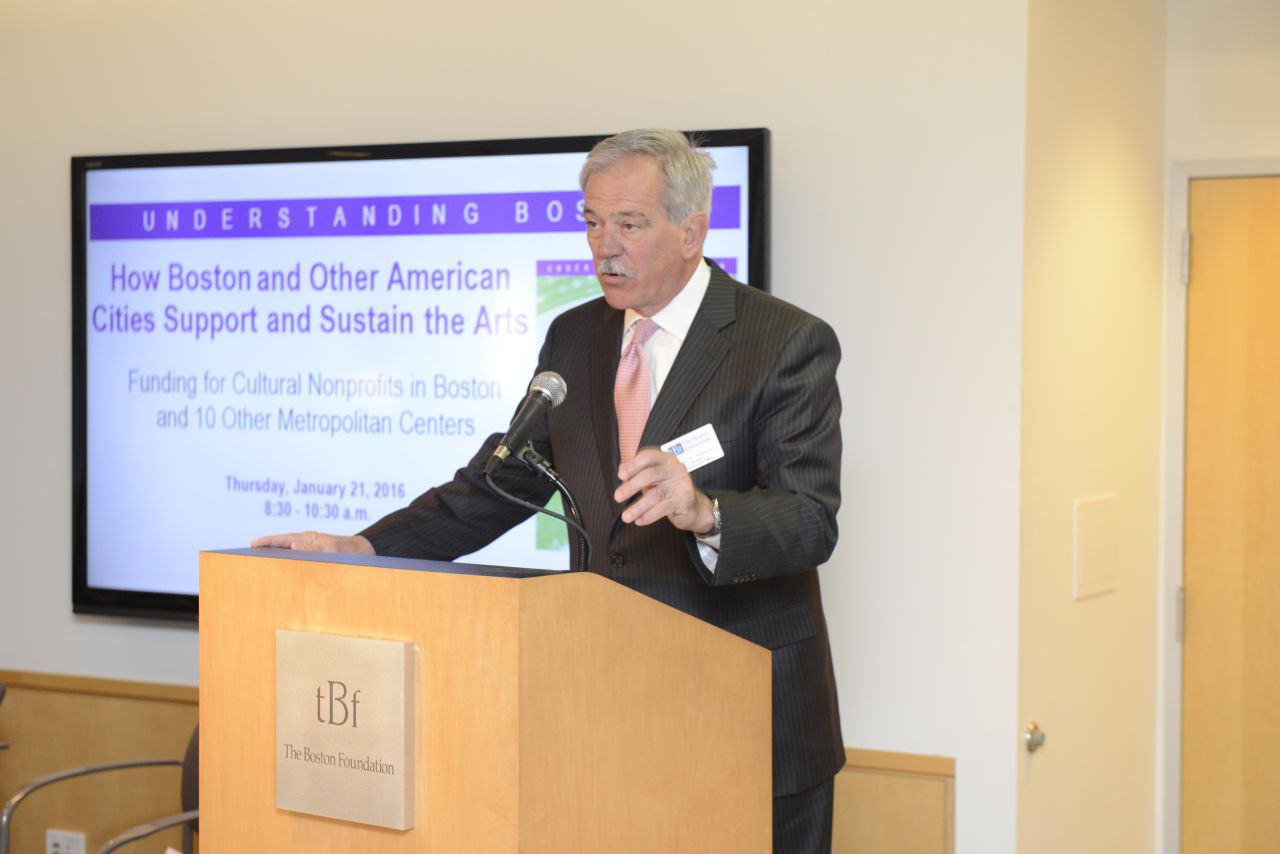
Who Counts?
The Boston Foundation report focuses on nonprofit organizations and relies on DataArts’ Cultural Data Profile (CDP) and tax information for data. In Boston, the groups that participate in the CDP are supported by several private and public funders, including the Massachusetts Cultural Council. But in order to get funded by the MCC, groups need to meet certain benchmarks. Most fringe and small companies do not meet those benchmarks, and therefore aren’t necessarily included in these large data gathering efforts.
Artists are also not always included in that data. That means there are swaths of theater artists doing work that isn’t being counted. There are audiences seeing that work who aren’t being counted. When risk aversion is measured by the amount of new work being done in the community, not counting these small and fringe companies doesn’t tell the story of our community. In fact, a 2015 StageSource New England New Play Alliance study suggests that Boston stages more new plays than do many other comparably sized cities.
How can we start counting better in Boston? Let the community help us define the groups included in studies, not the funders. Providing funding streams that reach down into the grassroots, and include mechanisms for getting data from those groups. (Again, arts service organizations can help here.)
We must also recognize that numbers alone don’t tell the story. Fresh Ink Theatre Company may not have huge audience numbers, but it produces nothing but new work and contributes to the overall theater ecology. Imaginary Beasts produces wonderful productions that use puppetry and performance to tell stories. These two companies, and dozens of others like them, are not risk-adverse. They are just under-resourced.
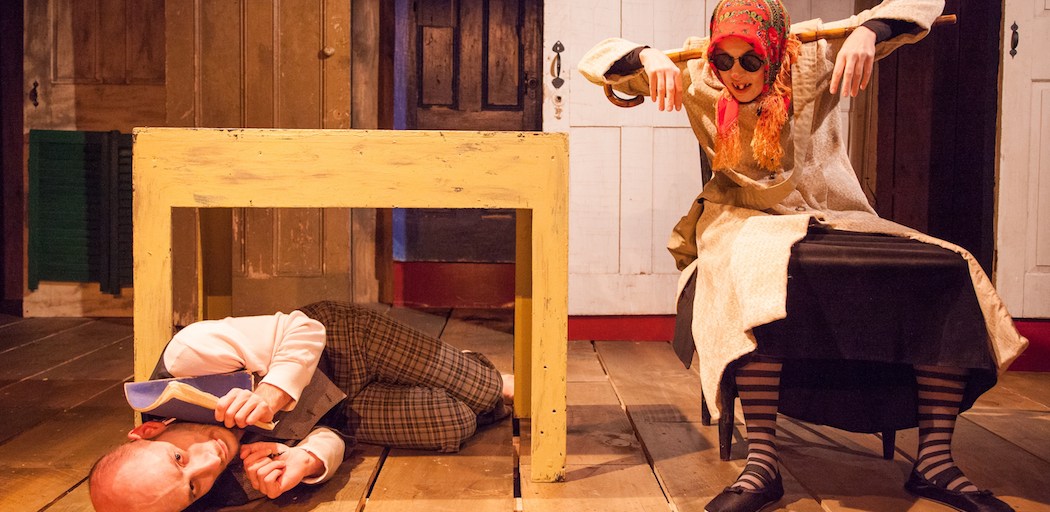
Cultural Equity
Cultural equity encompasses many things. It’s equal access to the arts in every neighborhood. Equal access to opportunities for artists. Equity in the amount of arts offerings for different audiences. Opportunities for people to have access to the arts regardless of socioeconomic circumstances.
It’s equal access onstage, backstage, in the offices, in the audiences and in the boardrooms. It includes initiatives to create true equity, beyond just distributing resources. It’s all of this, and more. “Current methods to measure equity in the arts are imperfect,” the Boston Foundation report states, “but interviews revealed that funders in other cities are taking up this task. This issue takes on increased urgency given Boston’s official transition to a majority minority population in 2010.”
We are in the midst of a social revolution right now, and cultural equity is part of it. Cultural equity requires acknowledging, addressing and dismantling the systemic and social inequities that are built into the fabric of our society. We can’t achieve what is possible unless we acknowledge that even in the arts, which are supposed to be a great equalizer, inequity persists.
Do we really care about cultural equity? That is an important conversation, and speaks to Boston’s history and its future. We have to care. The arts community has the opportunity to be a leader on this front in a way that would change the city. Could different funding streams help? When companies rely on ticket sales to the degree that they do in Boston, fear of change becomes ingrained. Rethinking offerings, audiences, locations, art forms — all of that requires change.
Other cities are tackling these issues in different ways. Some are studying and supporting inclusion initiatives, subsidizing space use, directing a variety of funding streams to the arts and intentionally supporting smaller organizations more robustly.
If we in Boston do care about cultural equity, we need to address it systemically, and include marginalized companies, artists and communities to help create solutions. That requires intention and opportunity. And funding. Study after study shows that the majority of philanthropic funding goes to a very small group of organizations. There is no equity built into the current systems.
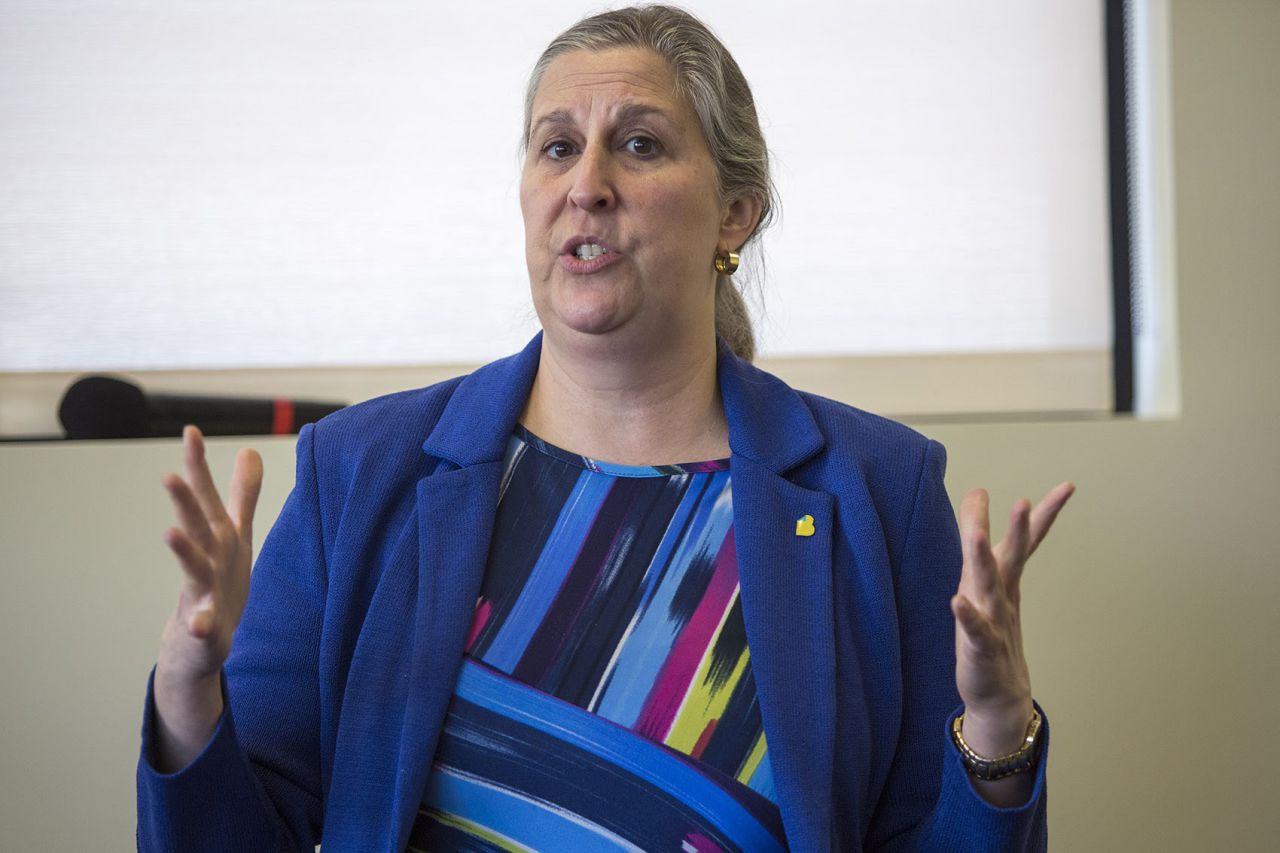
For whatever reason, the image of the stoic New Englander is pervasive in the arts community. Everyone benefits from the offerings that make Boston an interesting place to live, without understanding the economics of creating performance pieces in Boston. Much of the work, especially on the small/fringe/independent level, is done on the backs of artists. No one goes into the arts expecting it to be easy, or a free ride. But it can’t be impossible.
There is systemic inequity built into much of society. The arts can be an equalizer, but not without support.
I can make the case for funding the arts based on economic impact, on the impact of arts education on kids, on the importance of creative thinking, on the collaborative/deadline driven/budget conscious values of the performing arts community, on the importance of storytelling. But how about this reason? The arts are part of what makes us a great city already.
Imagine what would happen if we start feeding the grassroots and making our whole arts ecosystem a model for how the arts should be funded? Boston is already an innovation hub in many ways. Let’s add arts funding to that mix.
Julie Hennrikus has been working in the arts community for 30 years. She is the executive director of StageSource and teaches arts management at Emerson College.